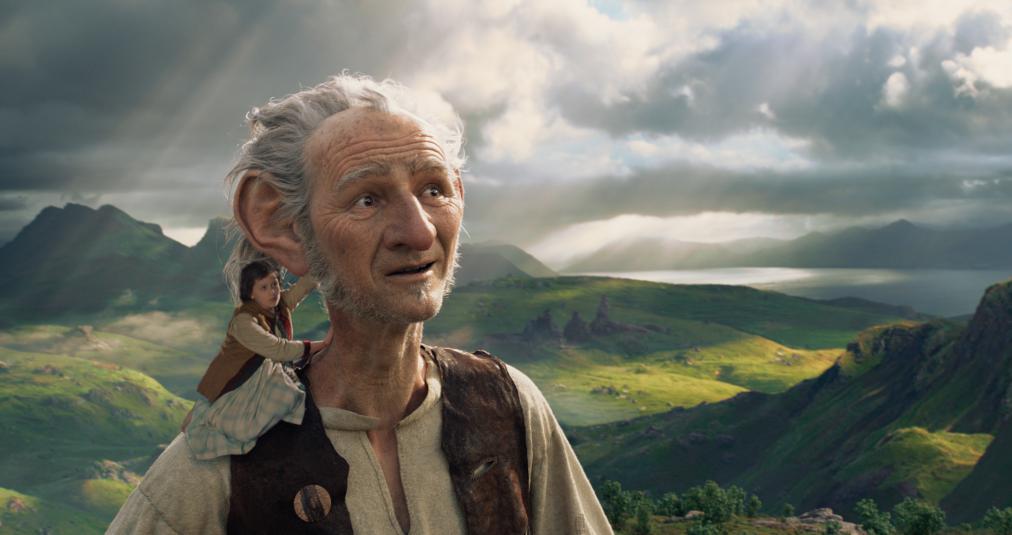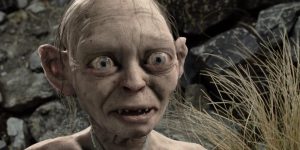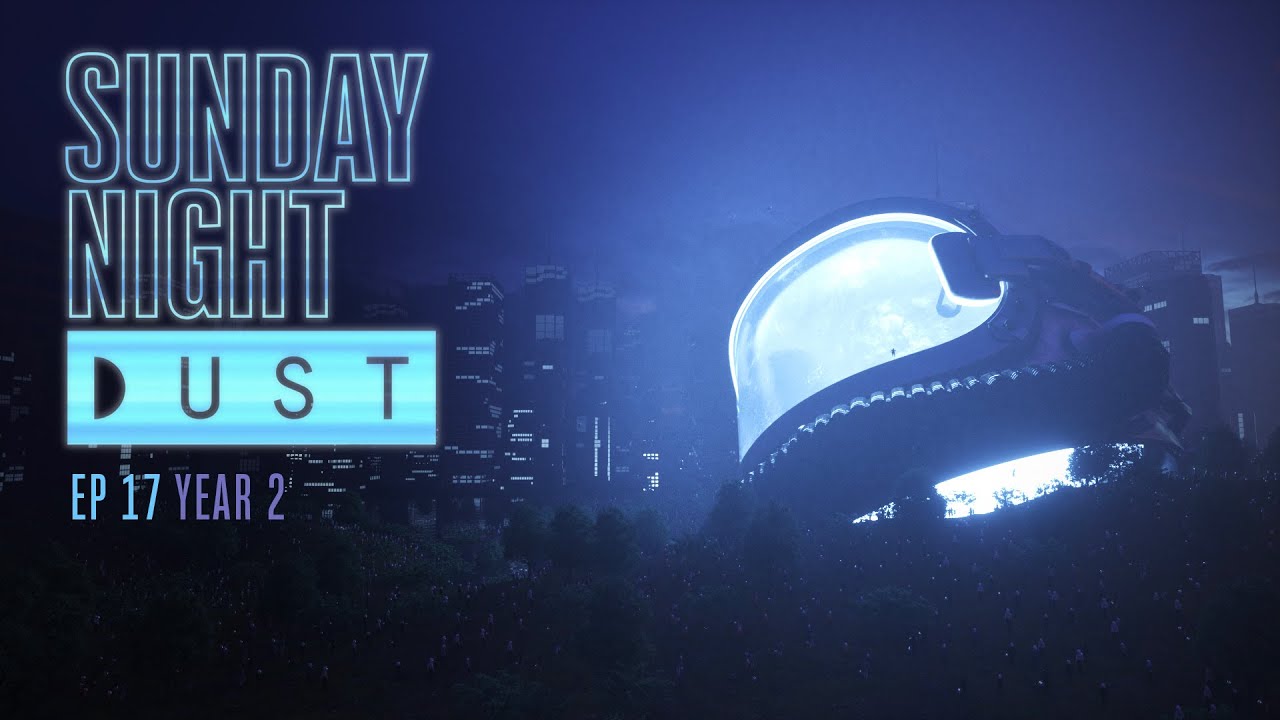
Thirty-four years ago, Steven Spielberg created the just-about perfect family movie in E.T. The Extra-Terrestrial. So his reunion with that film’s screenwriter, Melissa Mathison, should have been something to cherish.
But for the first hour of The BFG, I watched in bafflement, amazed that this writer-director partnership could have created something so lifeless. And I couldn’t help wonder whether the film’s narrative weakness was fatally bound up with one of its undeniable strengths – the motion control techniques used to render its titular character.
My uneasy feeling is that CGI has the potential to make even the most accomplished genre film-makers lose their instinct for looking critically at their own work.
Derived from Roald Dahl’s hugely popular novel, The BFG is the tale of orphan Sophie (Ruby Barnhill) who is taken away by a giant (Mark Rylance), with no apparent hope of return to the human world. In the land of the giants, she discovers that her abductor is the only friendly one of his race and that all the others would eat her without hesitation. This is revealed during a lengthy series of scenes in which Sophie learns about the giant’s world, his life and his ability to blow benign dreams into the minds of young children (an idea which has inevitably been read as an analogy for the films of Steven Spielberg).
The film’s problem is that these scenes are interminable – a linear series of conversations lacking in much sense of wonder. They come very close to killing the movie until, in the last act, Sophie and the giant return to London, where they take tea with the Queen at Buckingham Palace and persuade her to launch an attack on the malevolent giants. Finally, we enjoy some comedy (albeit at a pretty crude level involving a flatulent monarch) and some dramatic tension.
I absolutely hate to align myself with the people who demand constant frenetic action from their movies, but Spielberg has never served up anything as dull as the first hour of this film.
It may be that he and Mathison were being too reverential to the book. The conversations between Sophie and the BFG, which a young reader could digest in nightly installments, seem fatally protracted on screen. At the same time, it may be that Spielberg has soft-pedaled when it comes to the darker side of Dahl’s vision; we never really get a sense that Sophie, or anyone else, is in danger of being eaten.
But I think it’s fair to speculate that Spielberg may have been so taken with the brilliance of the visual effects that is skewed his judgement.
Mark Rylance’s performance as the BFG is the basis for a remarkable visual achievement. Perhaps Spielberg genuinely thought an audience would be as beguiled by it as he was. It seems a reasonable theory to explain how his instinct for pacing deserted him.
In 1993, Spielberg was in at the beginning of the CGI effects boom. Jurassic Park famously served up only fourteen minutes of computer-generated dinosaurs, yet those minutes dominated our memory of the movie as surely as the mostly unseen shark in Jaws.

The visuals in Jurassic Park inspired George Lucas to finally return to the much-deferred Star Wars prequels. When writing The Phantom Menace, he hoped digital technology might be good enough to render an entire principal character in post-production. The technology was indeed up to scratch – but the character, Jar Jar Binks, was simultaneously an amazing achievement and a disaster, epitomizing everything that was clunky and misjudged about the movie.
Since then, we have seen motion-capture create some characters that are memorable for the right reasons. The indigenous people of Avatar took the technique forward massively. The Lord of the Rings trilogy gave us Gollum, a character created by marrying CGI to a real performance from Andy Serkis. It was one of those rare moments when the possibilities of movie-making seem to change drastically in front of our eyes.

But Gollum remains an exception. Motion capture and CGI, like any other film-making technique, are only effective when deployed in the service of a compellingly told story. And when a director sees his visual effects team turning out beautifully rendered 3D characters day after day, you have to wonder whether the director is at risk of falling in love with those images. The result of that could be that a film-maker’s good judgement and editorial ruthlessness disappear.
It seems the shadow of Jar Jar Binks still looms large.










